We want to take this intro to preface that all psychological and mental health disorders should be taken seriously and with the same care and attention to detail as with any other disease or disorder.
According to the World Health Organization (WHO), about 1 in 8 people worldwide suffer from some type of mental illness. It’s our job as a new generation to bring this issue into a brighter light and to, most importantly, emphasize to people that seeking help is not a sign of weakness, but a sign of courage in breaking the social stigmatization around mental health.
We’ll not only go over some of the main approaches to studying psychological disorders but also talk about their main types and biological basis. Let’s get started!
Psychological Disorders on the MCAT: What You Need to Know
Topics on psychological disorders will be tested on the Psych/Soc section of the MCAT and can appear both as passage based and fundamental discrete questions.
Luckily, this won’t be as heavily emphasized as a focus on the Psych/Soc section compared to other topics. As such, we’ll do our best to only highlight the main ideas and topics that will have a great overlap with other Psych/Soc content.
Introductory psychology accounts for 65% of the content covered in the Psychological, Social, and Biological Foundations of Behavior, while introductory sociology covers about 30 of the content.
Important Sub-Topics: Psychological Disorders
Sometimes, when studying psychological disorders, it’s easy to get overwhelmed and wrapped up with all the symptoms and characteristics of each disease. However, it’s important to remember that the MCAT won’t be testing you on your diagnosing skills on each disease/disorder!
We’ll try to keep everything to a sufficient minimum so as to give you just enough of what you need to know for psychological disorders so that you can also focus on other high yield topics!
1. Approaches to Studying Psychological Disorders
There’s been many approaches and ways to study psychological disorders, each with their own pros and cons and main characteristics. These include the biomedical, psychological, and sociological perspectives.
The biomedical approach, as indicated by the name, focuses on the deviations of biological processes, such as changes in neurotransmitter presence or activation/inhibition of biochemical pathways.
The psychological approach looks at how the human psyche affects psychological disorders. Finally, a sociological perspective considers how external sociological factors (i.e. socioeconomic status, role strain, etc.) can also affect psychological disorders!As shown above, the most preferred approach to studying psychological disorders is a combination of all three individual approaches, aptly called the biopsychosocial model — this holistic approach allows us to see how all these different factors influence psychological disorders.
(Coming Soon!) Full Study Notes : Approaches to Studying Psychological Disorders on the MCAT
For more in-depth content review on the main ways to approach studying psychological disorders, check out these detailed lesson notes created by top MCAT scorers.
2. Types of Psychological Disorders
Psychological disorders are quite varied, with each category having its own unique qualities and characteristics. For this introductory chapter overview, we’ll focus on 3 primary ones: schizophrenia, depression, and bipolar disorders!
A. Schizophrenia
This disorder is best characterized as the affected individual having a lost sense of reality. Interestingly, symptoms of schizophrenia are divided into 2 categories: positive (+) and negative (-) symptoms.
Positive symptoms are abnormal behaviors that are “added” on top of normal behavior. These include delusions, which are best described as a lack of self-awareness in reality, and hallucinations, which are false perceptions of senses such as “hearing voices” or “seeing people.”
Negative symptoms are normal behaviors that are no longer present —kinda like they get “subtracted”! These include loss of affection, where there’s a loss of normal emotional display, and avolition, which is a loss of purposefulness.B. Depressive Disorder
Though we’ve all gone through periods of sadness, depressive disorders are characterized by a prolonged period of sadness along with various other symptoms.
Shown below are the common symptoms in order to diagnose a major depressive disorder:While the major depressive disorder is the most common type of depressive disorder, there are also other types of depressive disorders, such as persistent and seasonal affective depressive disorders.
C. Bipolar Disorders
These disorders are characterized by varying states of high energy/euphoria, called mania, and depression/sadness. There are 2 main types: bipolar I and II.
As shown above, the main difference between bipolar I and II disorders is whether a depressive episode is required: bipolar I doesn’t require the presence of a depressive episode, while bipolar II does!
In addition, the term hypomanic in bipolar II simply refers to a milder version of a manic episode. Both still involve an intense feeling of energy and euphoria way above baseline levels!(Coming Soon!) Full Study Notes : Types of Psychological Disorders on the MCAT
For more in-depth content review on the many more types of psychological disorders, such as anxiety, dissociative, personality, etc., check out these detailed lesson notes created by top MCAT scorers.
3. The Biology of Disorders of the Nervous System
While it’s important to look at all factors that may affect psychological disorders, as in the biopsychosocial model, understanding the biological basis of the disorders allows us to have a more tangible grasp of the disease. Let’s cover a few important topics!
A key hypothesis, though with limitations, is the monoamine hypothesis of psychological disorders which attributes the partial development of these disorders to disruptions in monoamine neurotransmitters.
Imbalance of these neurotransmitters — most notably serotonin, dopamine, and norepinephrine — in the brain results in the difference in neuronal communication. Take a look at the image below!It’s important to realize that this hypothesis also has its limitations; for instance, the hypothesis doesn’t explain why there’s a long delay period between drugs which reverses the relationships shown above and their mediating effects.
Additionally, keep a keen eye out for the relationship between dopamine and schizophrenia! This will be important when we cover Parkinson’s disease!
Another important nervous system disorder to cover is a neurodegenerative disorder called Alzheimer’s disease. This disease is a type of dementia where the individual begins to have slips in memory, disorientation, and general progression of mental lapses where it begins to affect daily life.
2 key pathophysiological deviations that have been observed in Alzheimer’s patients are the build-up of beta-amyloid plaques between the neuronal cells and the neurofibrillary tangles of tau proteins within the cell.These 2 pathological features have the potential to cause disruption in neuronal cell signaling and intracellular trafficking, which over time can cause the symptoms of dementia.
Finally, the other neurodegenerative disease to cover is Parkinson’s disease, where the affected individual experiences difficulties in initiating and controlling motor functions.
This is caused by a depletion of the dopaminergic neurons in the basal ganglia, which is crucial for commencing smooth motor movements. We alluded to the relationship between Parkinson’s disease and schizophrenia, especially when giving medications.Because medications of Parkinson’s disease work to increase dopamine levels, this results in psychotic side effects mimicking schizophrenic symptoms — remember, that one main feature of schizophrenic individuals is elevated dopamine levels.
Conversely, because medications treating schizophrenia aim to decrease dopamine levels, this can result in the onset of side effects mimicking the symptoms of Parkinson’s disease, such as muscle rigidity and incoordination.(Coming Soon!) Full Study Notes : The Biology of Disorders of the Nervous System
For more in-depth content review on the biological basis of nervous system disorders, check out these detailed lesson notes created by top MCAT scorers.
Important Definitions and Key Terms
Below are some high yield definitions and key terms to refer to when reviewing concepts and ideas about psychological disorders!
Term | Definition |
|---|---|
Biopsychosocial Model | A holistic approach to study and treat psychological disorders encompassing aspects of biomedicine, psychology, and sociology |
Schizophrenia | A type of psychological disorder characterized by a loss of sense of reality |
Positive Symptoms | Abnormal behavioral symptoms of schizophrenia which are added on top of normal behavior |
Negative Symptoms | Normal behaviors which are absent in schizophrenic individuals |
Delusions | A type of positive symptom in schizophrenia where the individual is not self-aware of reality |
Hallucinations | A type of positive symptom in schizophrenia where the individual experiences false perceptions of sensual stimuli |
Avolition | Term to characterize a loss purposefulness and sense of goal-drivenness |
Depressive Disorder | A type of psychological disorder which is characterized by prolonged periods of sadness |
Anhedonia | Term to describe a loss of interest in hobbies and things once enjoyable |
Bipolar Disorder | A type of psychological disorder characterized by alternating states of mania and depressive episodes |
Mania | Term to describe periods of elation and euphoria above baseline levels |
Monoamine Hypothesis of Psychological Disorders | A hypothesis about psychological disorders which attributes the symptoms to imbalance in monoamine neurotransmitters |
Beta-Amyloid Plaques | A type of cleaved protein often present in Alzheimer’s disease pathophysiology with can aggregate between neurons |
Tau Neurofibrillary Tangles | A type of microtubule protein that can aggregate and form tangles within the cell, possibly disrupting intracellular trafficking |


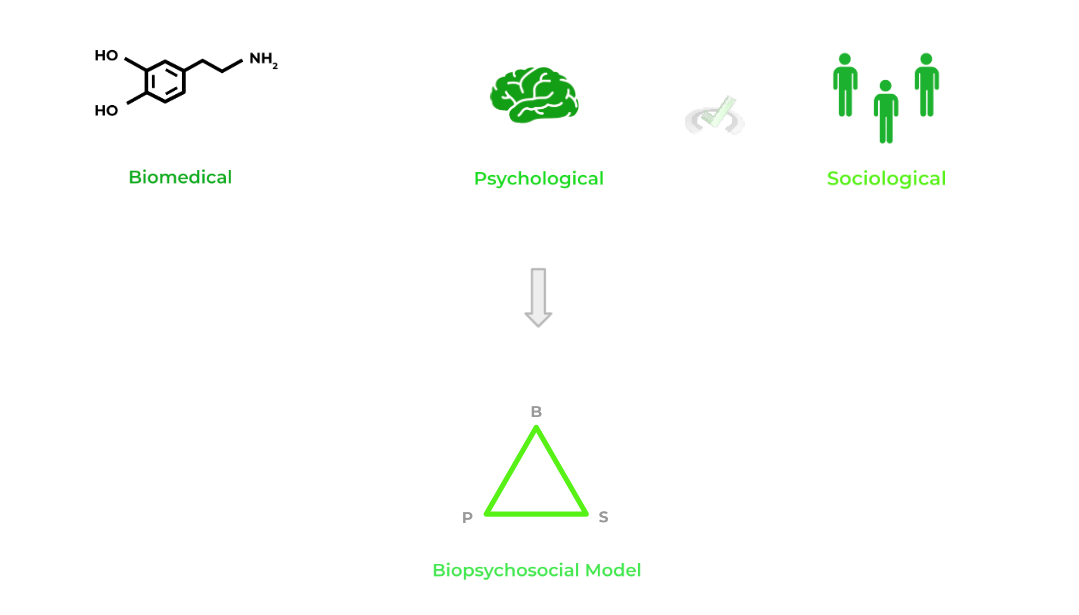
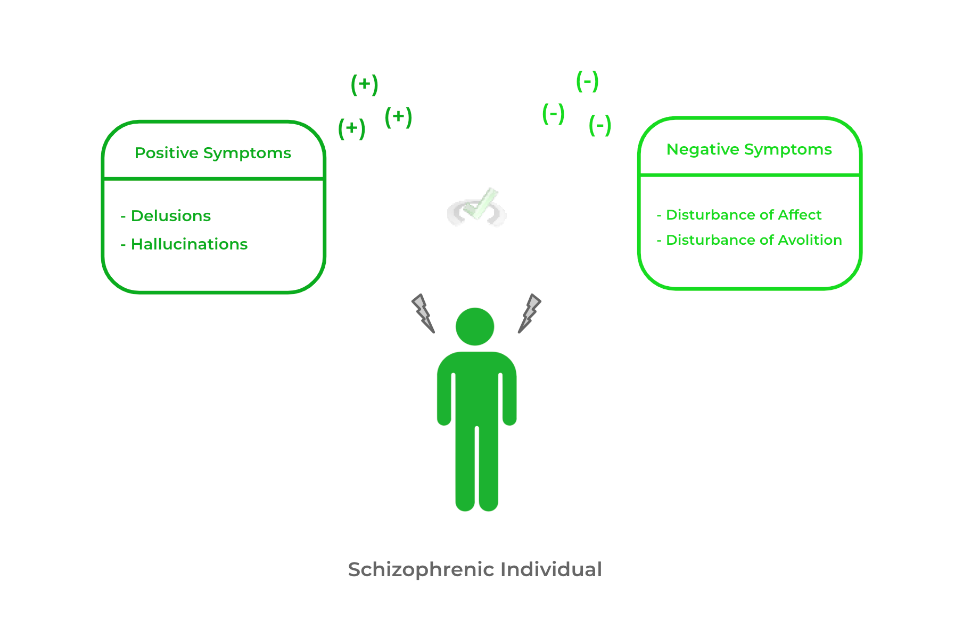
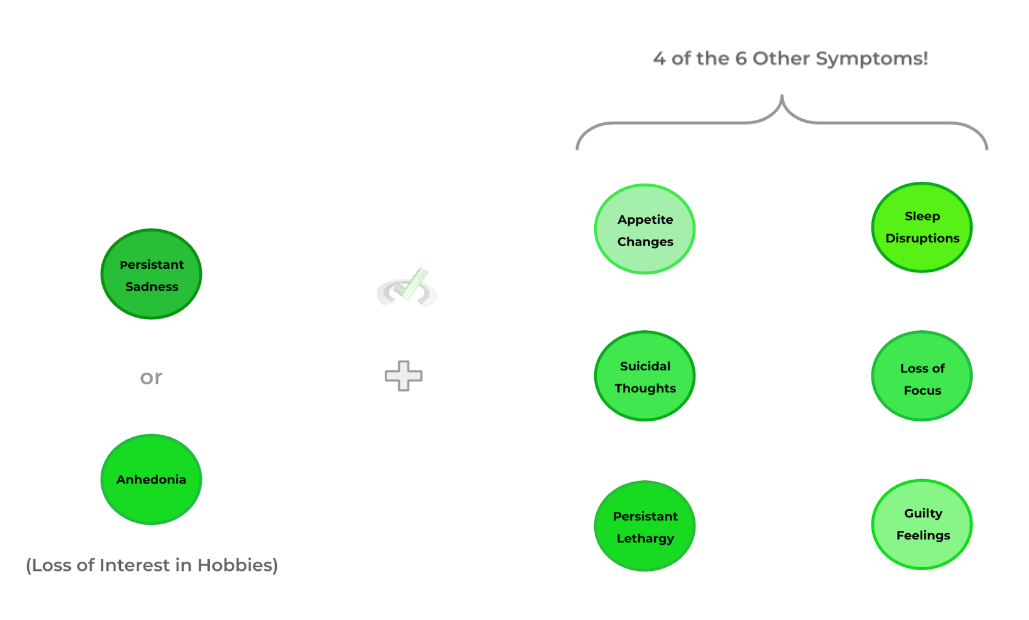

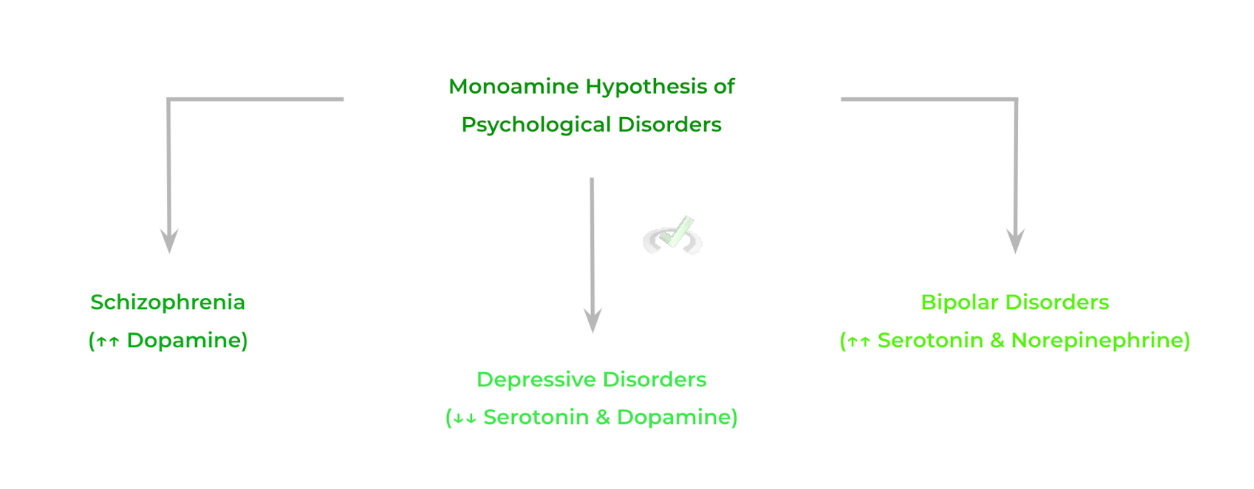
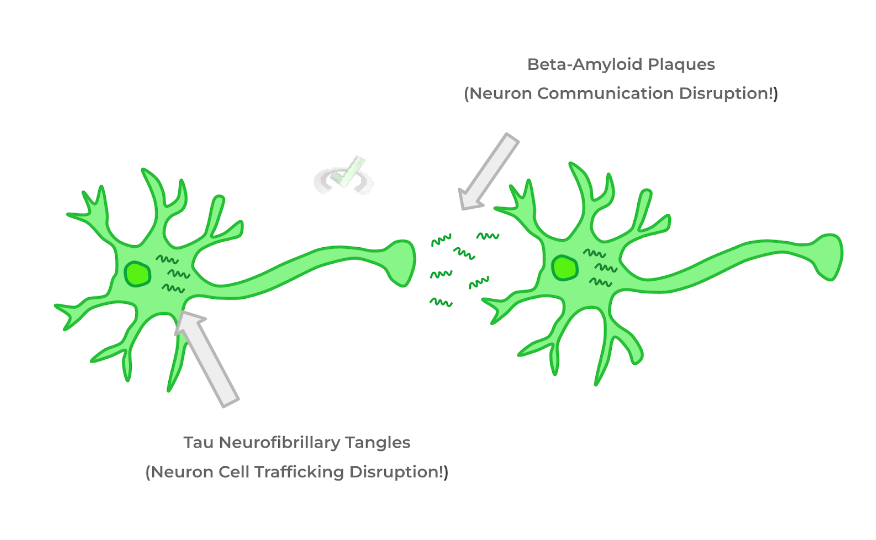
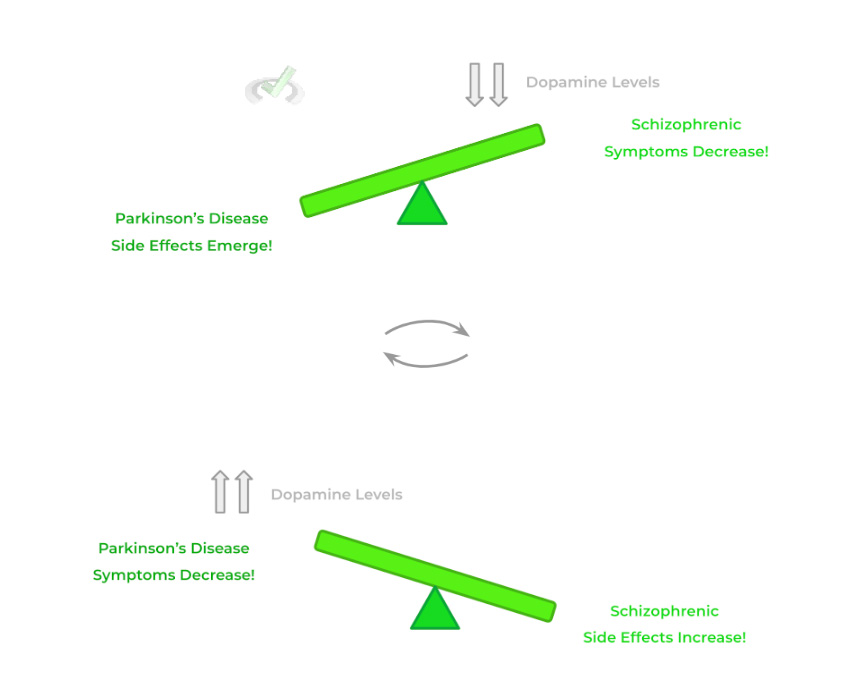

 To help you achieve your goal MCAT score, we take turns hosting these
To help you achieve your goal MCAT score, we take turns hosting these